When it comes to running, shoes play a crucial role in performance, comfort, and injury prevention. As the popularity of trail running soars alongside traditional road running, understanding the differences between trail running shoes and road running shoes is essential for maximizing your experience. In this comprehensive guide, we’ll deep dive into the features, benefits, and considerations when choosing between trail running and road running shoes, addressing the needs of both seasoned athletes and beginners.
Understanding the Basics: Trail Running vs Road Running
Before we delve into the specifics of shoes designed for each activity, let’s establish what differentiates trail running from road running.
What is Trail Running?
Trail running involves traversing natural terrains, including hills, dirt paths, and rocky trails. Unlike road running, which is typically done on paved surfaces, trail running challenges your balance, agility, and endurance in a more unpredictable environment.
What is Road Running?
Road running is performed on hard surfaces, such as pavements and roads, usually in urban settings. This type of running generally has a more consistent pace and rhythm compared to trail running, focusing on distance and speed.
Key Differences Between Trail Running and Road Running Shoes
Shoe Construction
Trail running shoes and road running shoes are constructed differently to cater to their environments:
- Trail Running Shoes: These shoes typically feature a rugged outsole with deeper lugs for better traction on uneven surfaces. They often include rock plates for protection against sharp objects and a more durable upper to withstand natural elements.
- Road Running Shoes: Road shoes have a smoother outsole designed for better grip on flat surfaces. They are usually lighter with more cushioning to absorb impact on hard pavements.

Cushioning and Support
The type of cushioning and support provided in trail and road running shoes also differs significantly:
- Trail Running Shoes: Provide a moderate level of cushioning while prioritizing stability and support to navigate uneven trails.
- Road Running Shoes: Offer ample cushioning to reduce the impact on hard surfaces, supporting speed and comfort for longer runs.
Comparison Table of Trail Running vs Road Running Shoes
| Feature | Trail Running Shoes | Road Running Shoes |
|---|---|---|
| Sole Design | Deep lugs for traction | Smooth for grip on pavements |
| Cushioning | Moderate for stability | High for impact absorption |
| Weight | Generally heavier | Usually lighter |
| Durability | Built to withstand rugged terrain | Optimal for road wear |
| Water Resistance | Often water-resistant or waterproof | Typically not water-resistant |
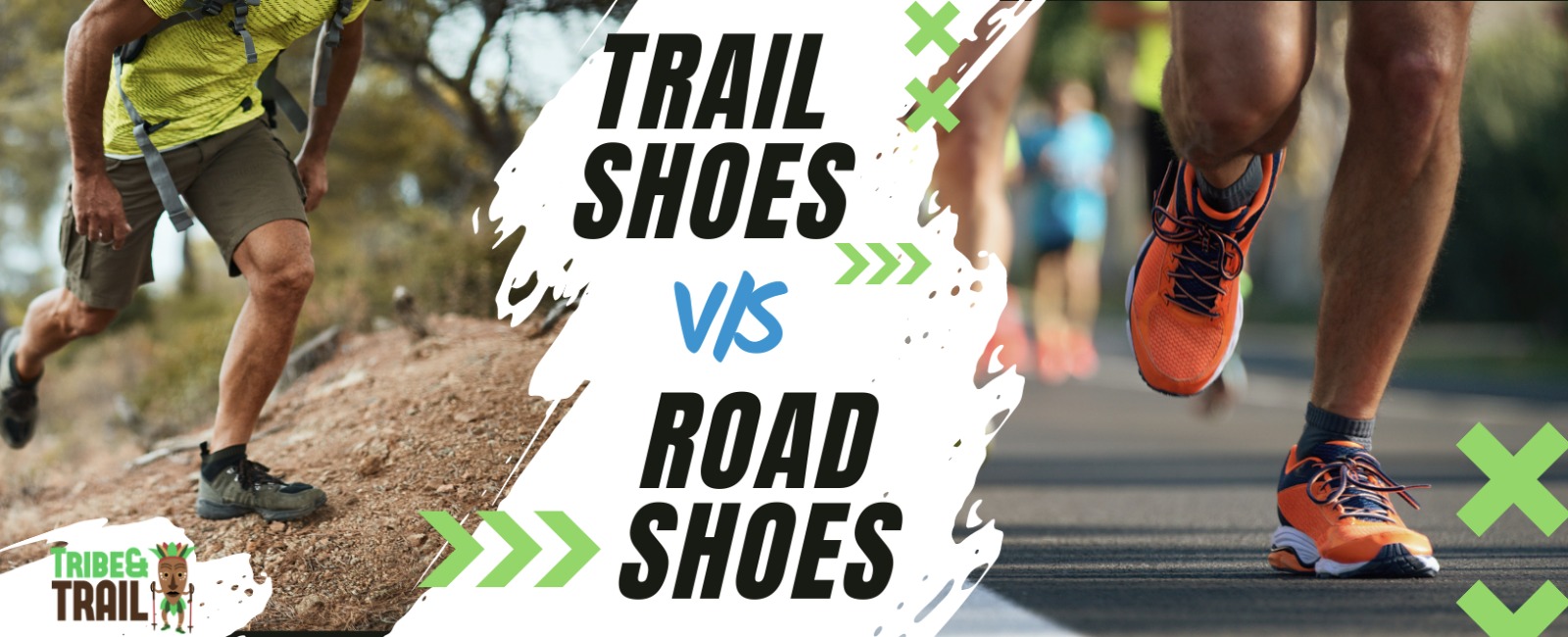
Choosing the Right Shoe for Your Needs
While personal preference plays a significant role, consider the following factors when selecting your running shoes:
1. Terrain and Terrain Variety
Your primary running environment dictates your choice of shoe. If you frequently run on trails with varying terrains, invest in high-quality trail running shoes. For consistent road running, opt for road-specific shoes.

2. Running Style
Your natural running style influences shoe selection. If you tend to overpronate or underpronate, look for shoes that provide specific support for your gait, available in both trail and road running categories.
3. Comfort Fit
Always try on shoes before purchasing. Comfort is paramount whether you’re hitting the road or the trails. Ensure adequate space in the toe box and a snug fit around the heel.
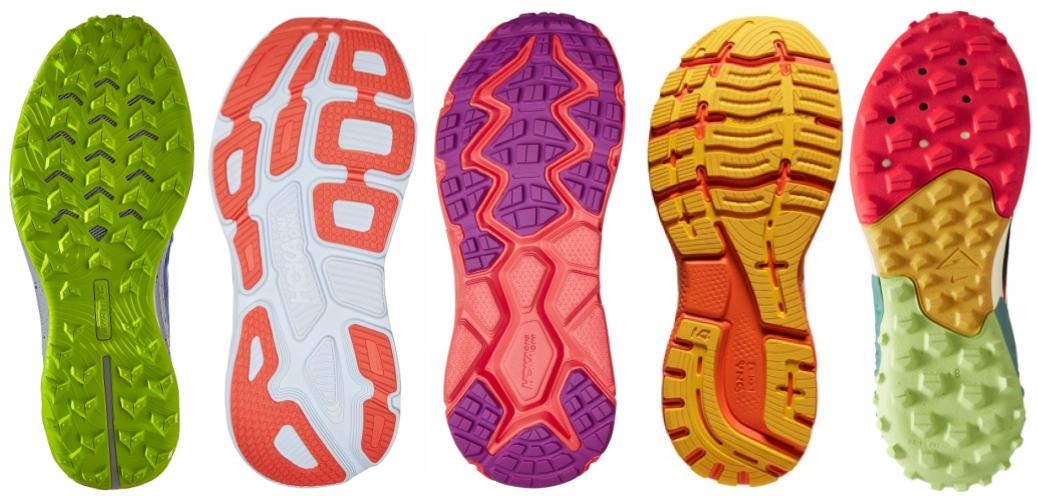
4. Frequency of Use
Runners who log high mileage need shoes that can endure the wear and tear of regular use. Consider rotating between different pairs for longevity.
Pros and Cons of Trail Running Shoes vs. Road Running Shoes
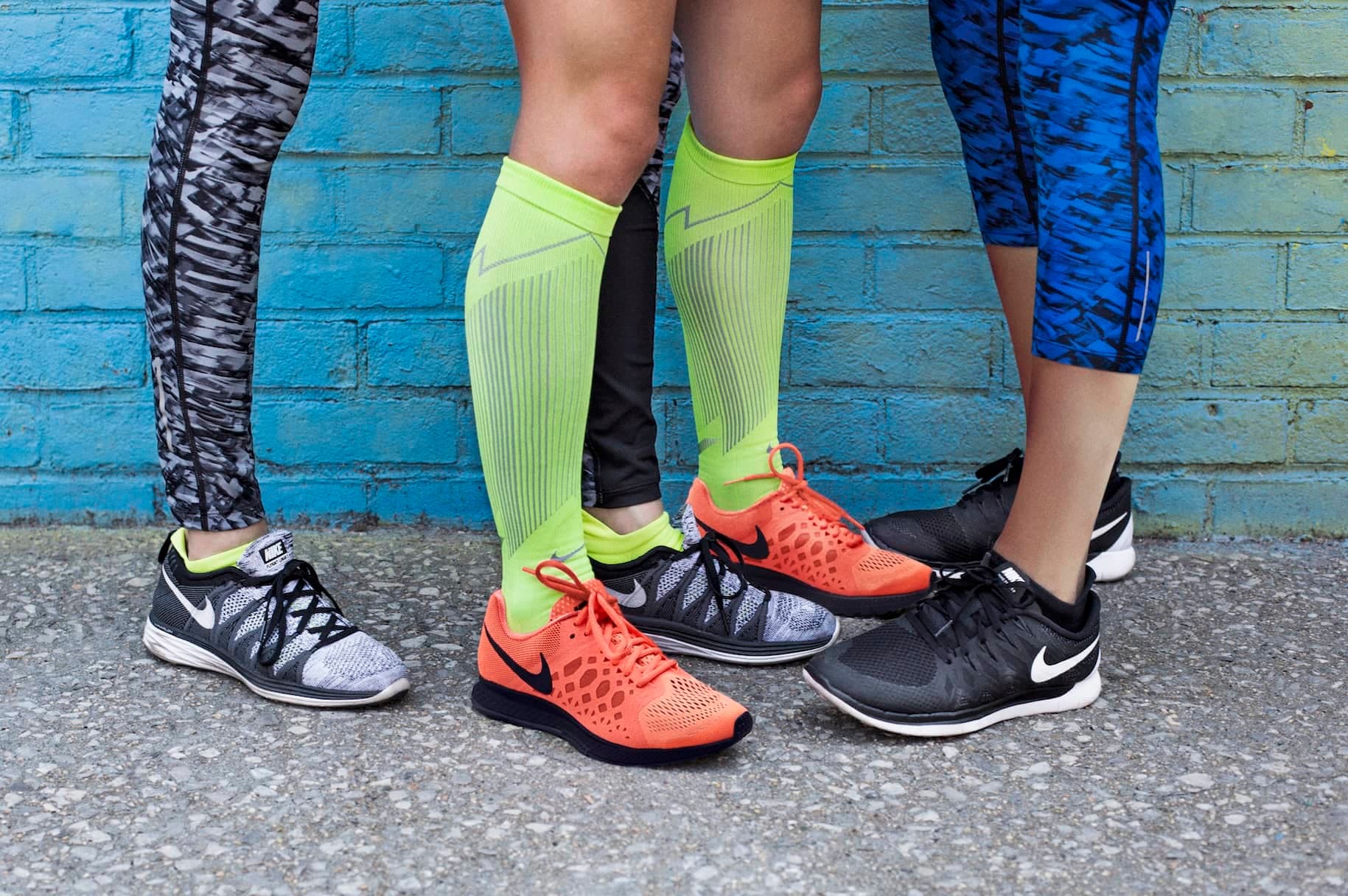
Trail Running Shoes
- Pros:
- Superior grip on diverse terrains
- Enhanced protection against rocks and roots
- Durable against natural elements
- Cons:
- Generally heavier and bulkier
- Less cushioning than road running shoes
Road Running Shoes
- Pros:
- Lighter weight allows for greater speed
- Excellent cushioning for high-impact runs
- More breathable with often more color options
- Cons:
- Less traction on uneven surfaces
- Easily damaged on rugged terrains
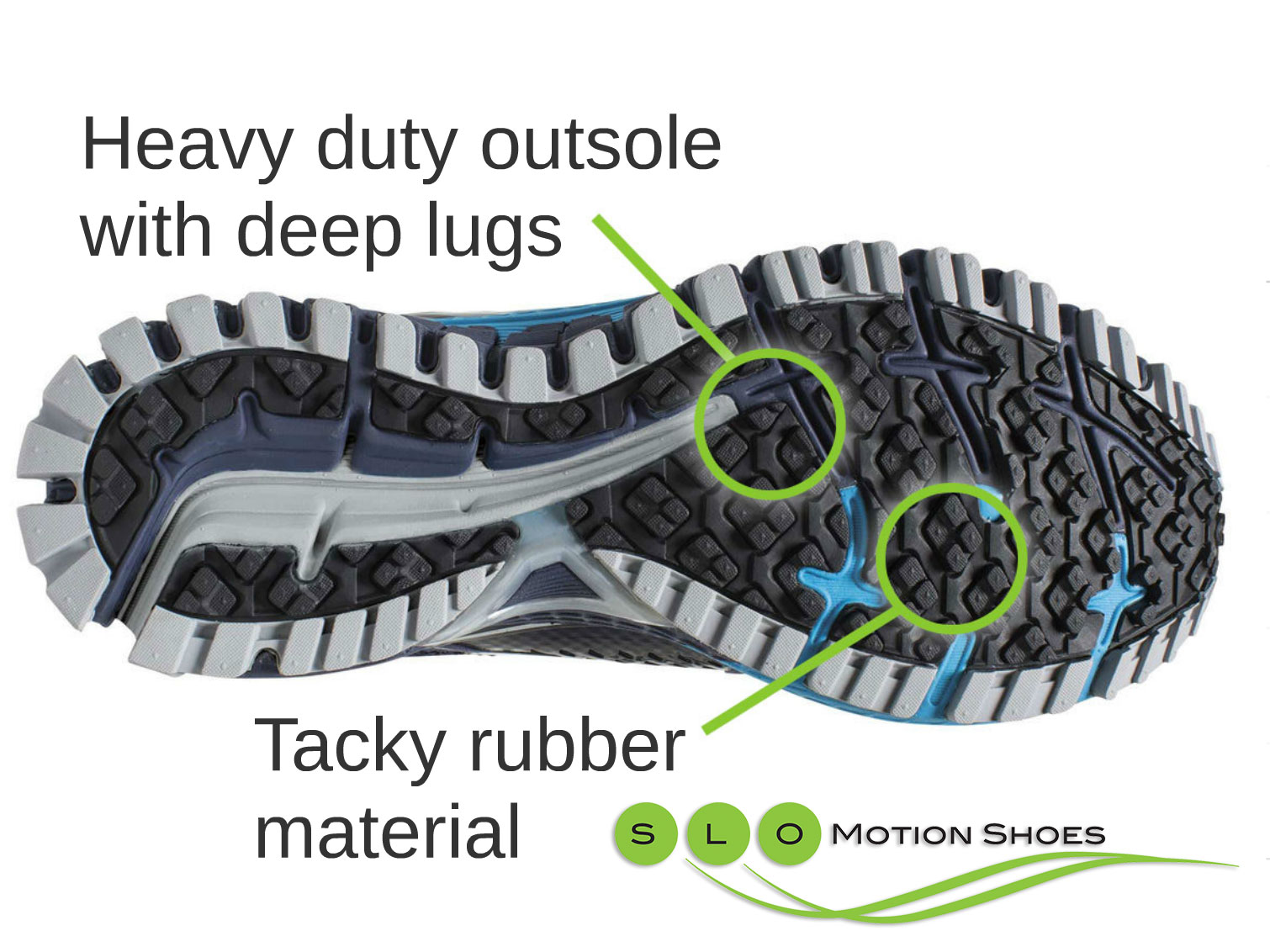
Local Trail and Road Running Experiences in the USA
Trail and road running are not just activities; they are vibrant cultures in various regions across the USA. For example:
Trail Running in the Pacific Northwest
The Pacific Northwest, with its vast forests and stunning mountain views, is a haven for trail runners. The rugged terrain and unpredictable weather demand shoes that can handle both the elements and the ground beneath your feet.

Road Running in New York City
New York City boasts iconic road running paths, such as Central Park and the Manhattan waterfront. Road runners flock to these areas for training and marathons, where lightweight shoes reign for optimal speed.
Technological Advances in Running Shoes
Both trail and road running shoes have seen significant technological advancements that enhance performance, comfort, and safety.
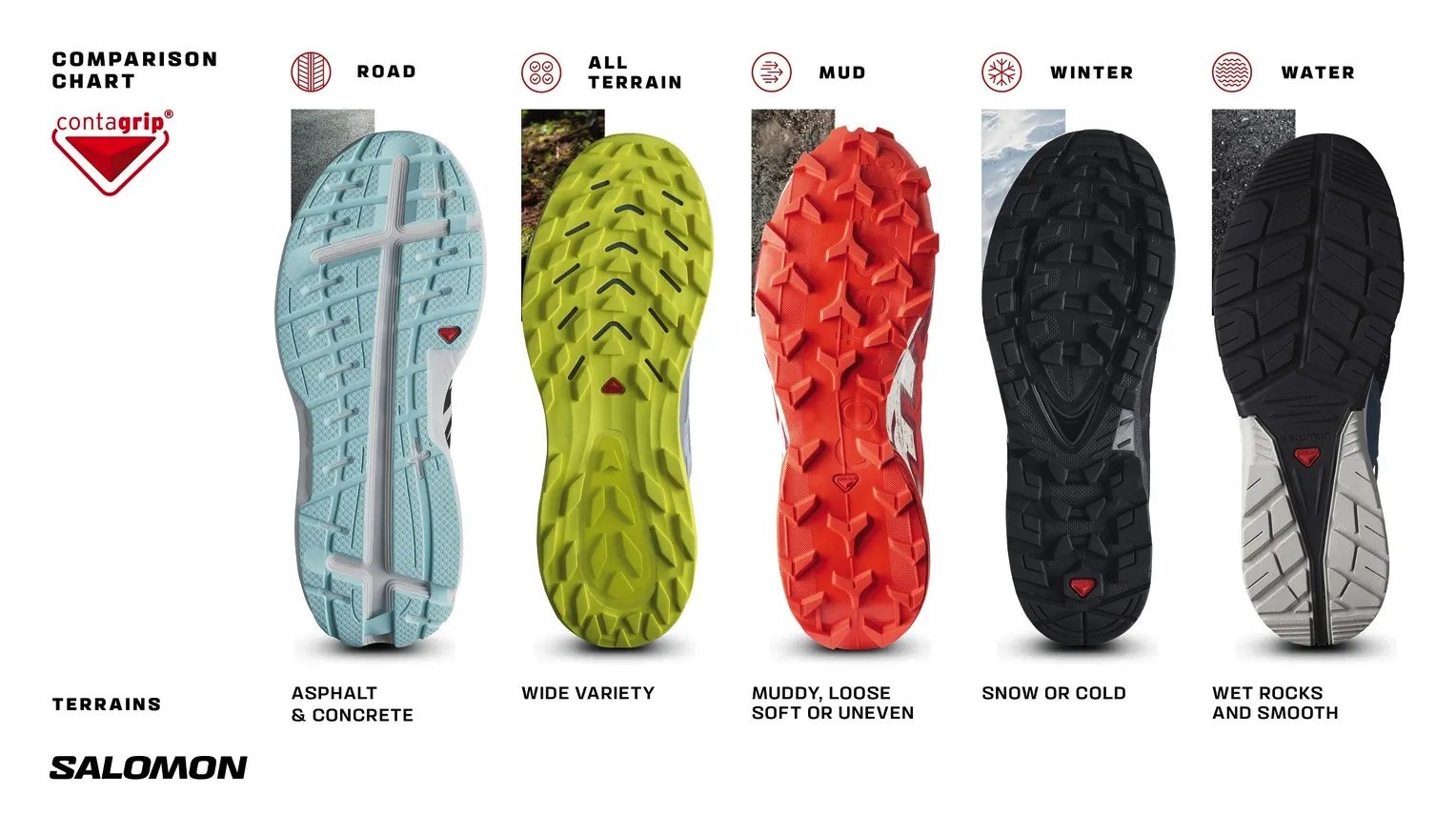
Modern Materials
New materials, like breathable mesh and lightweight synthetic fabrics, provide runners with improved ventilation and comfort.
Smart Technologies
Some shoes incorporate smart technology, offering features like built-in sensors that track your performance, allowing you to analyze your run more effectively.
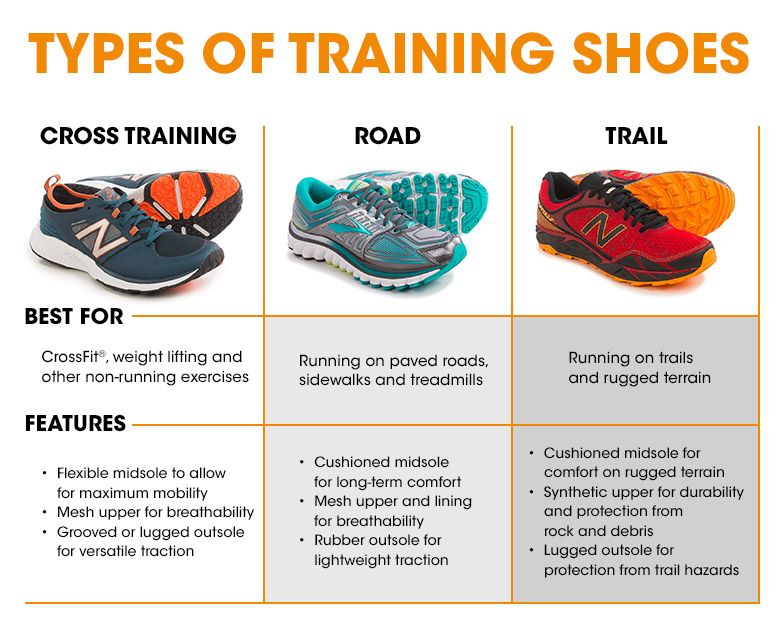
Tips for Selecting Your Perfect Running Shoes
- Try on shoes in the evening when your feet are naturally swollen for the best fit.
- Bring along the socks you plan to wear during your runs.
- Test shoes with a quick run inside the store to assess comfort and feel.
- Rotate between different pairs to extend the life of your shoes.
FAQs About Trail Running vs Road Running Shoes
1. Can I use trail running shoes on the road?
Yes, you can use trail running shoes on the road, but they may feel bulkier and less cushioned compared to road running shoes. If you alternate between terrains, consider a versatile shoe.
2. What features should I look for in trail running shoes?
Look for shoes with good traction, a protective toe cap, and a comfortable fit. Waterproof options are beneficial for wet environments.
3. How can I tell when to replace my running shoes?
Generally, replace your shoes every 300-500 miles, or sooner if you notice decreased cushioning, uneven wear on the soles, or discomfort during runs.
4. Are there specific brands known for quality running shoes?
Yes, reputable brands like Salomon, Altra, Brooks, Hoka One One, and Asics are known for their quality trail and road running shoes.
Conclusion: Finding Your Reliable Running Companion
Your journey into the world of running—be it on trails or roads—starts with the right footwear. Whether you choose trail running shoes for rugged adventures or road running shoes for swift city runs, understanding the differences, features, and advantages of each type will help you make an informed decision. Happy running!